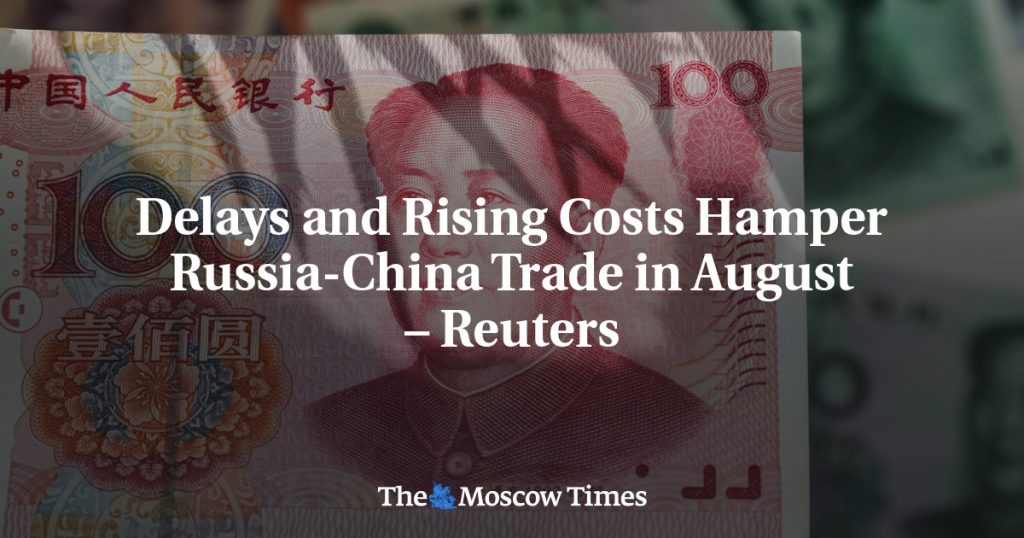Russian companies have been facing increasing delays and rising costs in payments for Chinese goods due to stricter banking compliance in response to U.S. threats of secondary sanctions. Chinese state banks have reportedly halted transactions with Russian companies, leaving payments worth billions of yuan in limbo. This has had a more significant impact on smaller businesses and consumer goods companies, as opposed to larger Russian commodity exporters or Chinese technology exporters. However, cross-border payments in “priority areas” are still functioning smoothly, as both countries have expressed a political will to maintain trade. Russian oil and grain exporters have not encountered issues in receiving payments, indicating some sectors remain unaffected.
Trade between Russia and China grew by 1.6% to $137 billion in the first half of 2024, despite the disruptions in payments. However, Russia’s imports from China saw a slight decline of over 1%, totaling $62 billion during the same period. The U.S. expanded its secondary sanctions in June, granting the Treasury Department the authority to penalize foreign banks that do business with Russia. In response, Russian companies have been utilizing intermediaries in third countries to navigate Chinese banking compliance checks. This has led to a significant increase in transaction processing fees, jumping from nearly zero to as much as 6%. For many small companies, this hike in fees has resulted in a complete shutdown of operations, further impacting trade between the two countries.
The challenges faced by Russian companies in making payments for Chinese goods have highlighted the complex interplay between U.S. sanctions, Chinese banking compliance, and Russian trade relations. While both Russia and China have expressed a commitment to maintaining trade, the stricter banking compliance measures have proven to be a significant hurdle for businesses, particularly smaller enterprises and consumer goods companies. Despite the disruptions, trade between the two countries has continued to grow, albeit at a slower rate, indicating a resilience in the relationship between Russia and China.
The use of intermediaries in third countries to navigate Chinese banking compliance checks showcases the innovative approaches that Russian companies are taking to overcome the challenges posed by the stricter banking regulations. While this strategy has allowed some companies to continue operations, the substantial increase in transaction processing fees has had a detrimental impact on many small businesses. The jump in fees from zero to 6% has forced some companies to shut down completely, underscoring the urgent need for solutions to address the rising costs and delays in payments for Chinese goods.
The impact of these delays and rising costs on Russian companies is reflective of the broader economic ramifications of U.S. secondary sanctions and stricter banking compliance measures. As companies struggle to navigate these challenges, the trade relationship between Russia and China faces an uncertain future. While the growth in trade between the two countries is a positive sign, the decline in imports from China and the significant hurdles faced by smaller businesses paint a more nuanced picture of the complexities involved in international trade and the influence of external factors on business operations.
Overall, the current situation underscores the importance of finding sustainable solutions to address the challenges faced by Russian companies in making payments for Chinese goods. As the interplay between U.S. sanctions, Chinese banking compliance, and Russian trade relations continues to evolve, businesses will need to adapt and innovate to overcome these obstacles. Collaboration between the governments of Russia and China, as well as efforts to streamline cross-border payment processes, will be crucial in ensuring the stability and growth of trade between the two countries in the face of increasing external pressures.


